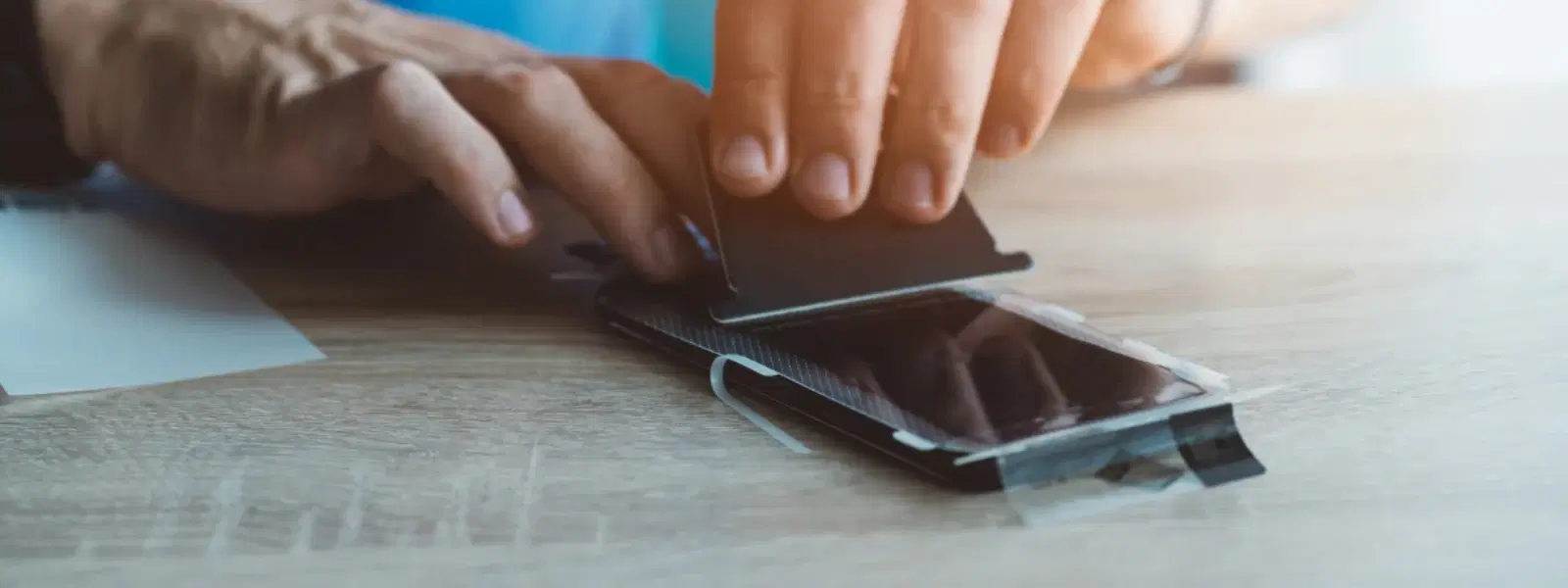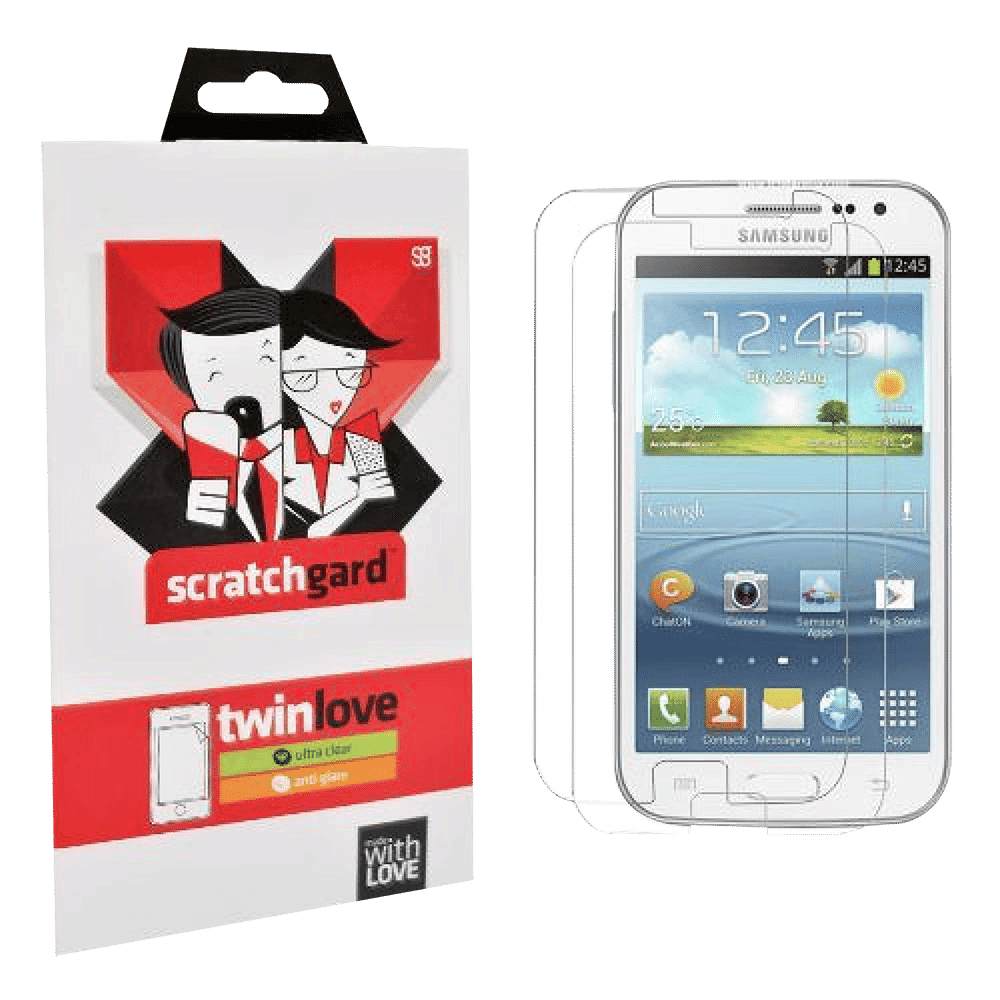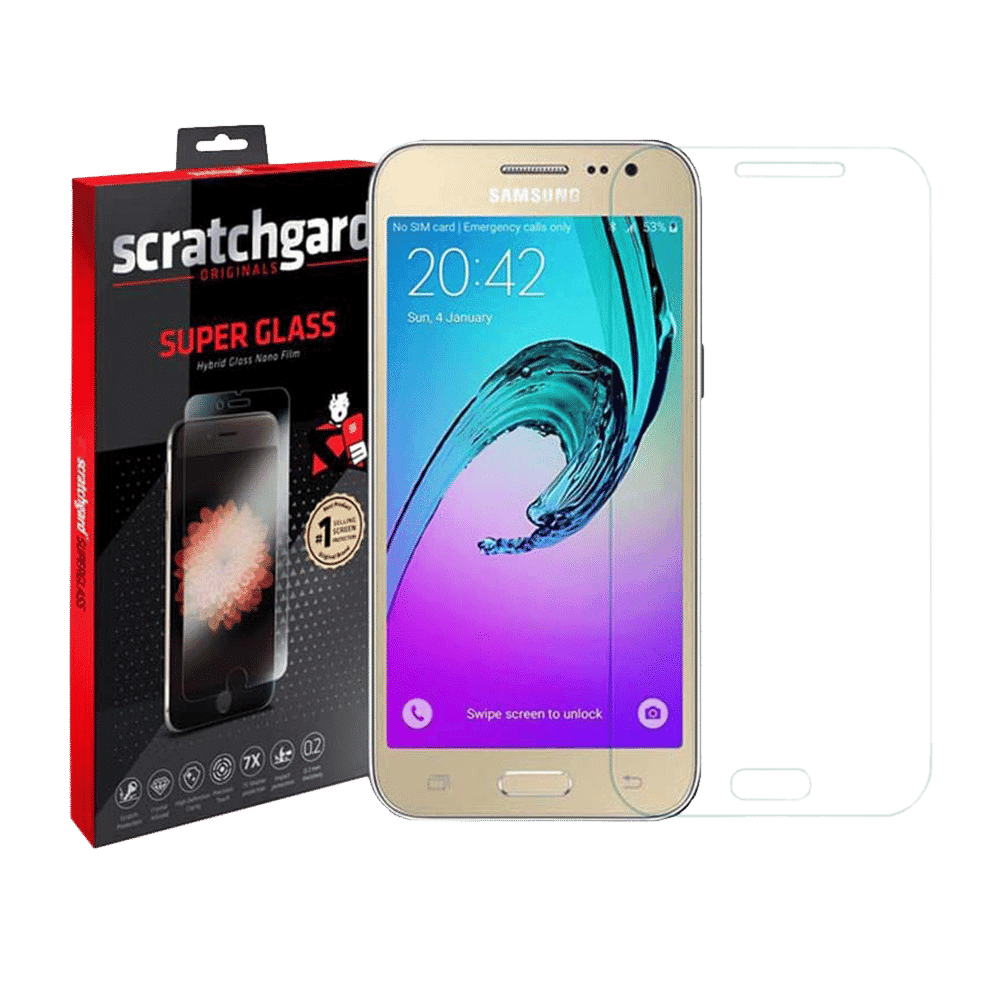
Consumer Electronics
•03 min read

Buy scratchgard Ultra Clear Screen Protector for SAMSUNG Galaxy J2 (Self Adhesive) online at best prices from Croma. Check product details, reviews & more. Shop now!
Imagine a screen protector that provides unmatched clarity and durability for your phone screen—UV glue screen protectors are revolutionising the way we protect our devices. In this guide, we dive deep into the world of UV glue screen protectors. You will learn about the technology behind them, the installation process, and the advantages and drawbacks to help you decide if this is the right solution for your device.
UV glue screen protectors use a unique combination of ultraviolet screen protector adhesive and tempered glass UV glue to form a secure bond with your phone screen. Unlike traditional screen protectors, these systems utilise uv curing technology whereby a liquid uv glue for screen protector transforms into a firm, bubble-free layer once exposed to a uv light screen protector. This technology is especially useful for devices with curved or edge-to-edge displays.
The benefits include enhanced durability and superior clarity. With a seamless application achieved by the uv adhesive screen protector process, air bubbles are significantly reduced. The integration of tempered glass uv glue further enhances protection, making it a dependable choice for those seeking a premium, long-lasting shield for their phone screens.
At the heart of this technology is the chemical process known as uv curing. When exposed to ultraviolet light, the liquid uv glue for screen protector rapidly hardens, ensuring a strong bond between the device and the protector. This process is why many prefer a phone screen protector with uv glue, especially for modern devices with curved and edge-to-edge displays.
UV curing not only speeds up the installation process but also improves durability and clarity. This uv curing screen protector technique offers a bubble-free appearance and a resilient finish that stands up to everyday wear. Such advantages make it an attractive choice for users who value both aesthetics and function.

Buy scratchgard Screen Protector for Samsung Galaxy J2 Pro (Fingerprint Resistant) online at best prices from Croma. Check product details, reviews & more. Shop now!
The process begins with a thorough cleaning of your device's screen. Next, a measured quantity of liquid uv glue for screen protector is applied evenly. The protector is then carefully positioned on the screen and cured using a uv light screen protector, ensuring a secure, bubble-free bond. Following these steps meticulously will help you enjoy the full benefits of this advanced protection technology.
Avoid uneven glue application or incorrect use of the uv light, as both can result in poorly adhered protectors or trapped air bubbles. Rushing the curing process can also lead to suboptimal results, so take your time for the best outcome.
Expert Tip: Achieving a Flawless Application
Did you know? Proper uv curing is crucial to avoid air bubbles and ensure long-lasting adhesion. Always use the uv light for the recommended duration to guarantee optimal results.
These protectors offer enhanced screen clarity and a secure, bubble-free installation. The edge-to-edge coverage and compatibility with curved screens make them ideal for modern devices. With improved durability, they provide a robust protective layer that keeps your device safe from everyday mishaps. Moreover, engaging with Tata Neu offers added benefits like accumulating NeuCoins rewards, which add further value to each purchase.
While the advantages are compelling, there are some potential drawbacks. If the installation is not carried out carefully, there might be challenges in removal or even risks of minor screen damage. Users often express concerns regarding improper application, including questions around uv glue tempered glass and uv screen protector application. It is important to follow detailed instructions and consider expert guidance to avoid issues such as uv tempered glass damage screen.

Buy scratchgard Tempered Glass for Apple iPhone 14 (Oleophobic Screen) online at best prices from Croma. Check product details, reviews & more. Shop now!
UV glue screen protectors are highly effective for providing edge-to-edge coverage, superior clarity, and enhanced durability, especially for curved screens.
Yes, UV glue works by curing with ultraviolet light to create a strong adhesive bond between the screen and the protector, ensuring a bubble-free and long-lasting application.
UV glue is safe when applied correctly. However, improper installation or overexposure to uv light can potentially cause damage.
To remove a uv glue screen protector, gently lift one corner and peel it off. Use a cleaning solution to remove any remaining adhesive residue.
The best uv glue screen protector depends on your device and preferences. Look for products that combine high-quality tempered glass uv glue with reliable uv screen protector adhesive for a flawless finish.
UV glue screen protectors represent a modern solution for shielding your phone screen. They stand out due to their clarity, durability, and seamless installation process. With Tata Neu, you benefit from a trusted platform that not only offers advanced technology but also rewards you with NeuCoins on every purchase. This guide has provided you with clear insights into the workings, installation, and practical pros and cons of these protectors. Whether you are a tech enthusiast, a family seeking reliable protection for your devices, or a young professional looking for smart shopping, understanding this technology helps you make informed decisions for better device longevity.